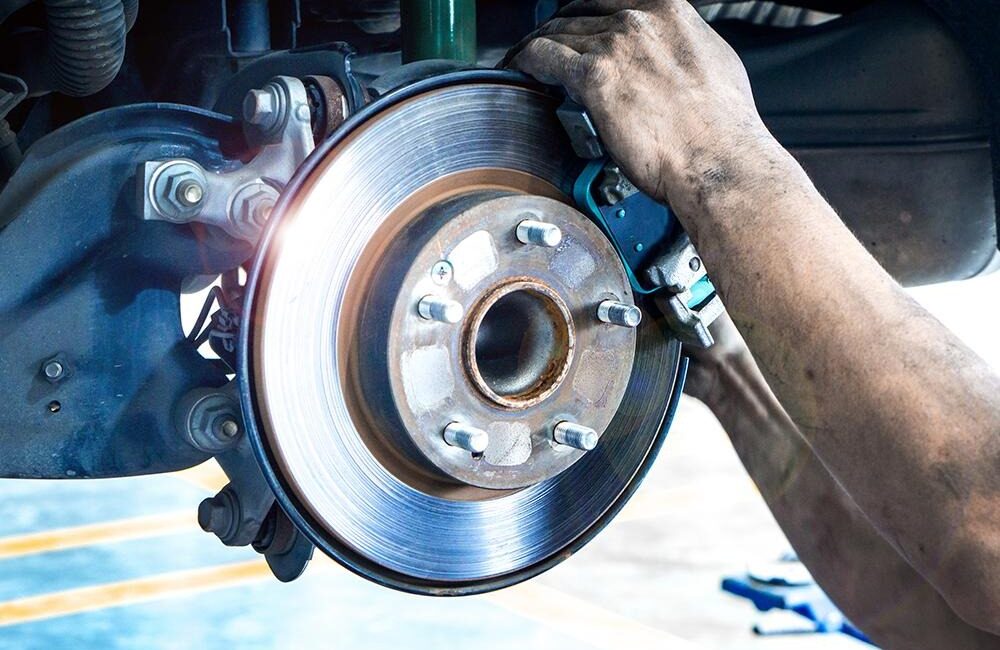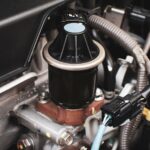It’s not always easy to tell when your brakes are starting to fail. They don’t come with a timer or a warning label that says, “You’ve got 100 miles left before I quit.” Sometimes, you get little signs — a soft pedal here, a faint burning smell there — and it’s tempting to shrug them off because life’s busy and car repairs are expensive. But the truth is, catching brake issues early can mean the difference between a close call and a serious crash.
This is also where a lot of confusion happens. People hear terms like brake checking and think it’s just about slamming the pedal to test if it works — but that’s not quite it. Understanding your brakes, how they behave, and when they’re telling you something’s wrong is more about awareness than reaction.
Read on explore the simple, practical steps any driver can take to avoid accidents caused by faulty brakes.
Recognizing Early Warning Signs
Faulty brakes rarely fail without warning. Most of the time, they whisper before they scream. You’ll notice small clues:
- The brake pedal feels soft or sinks lower than usual.
- You hear grinding or squealing sounds.
- The car pulls to one side when you brake.
- There’s a burning smell after a long drive.
These aren’t “normal wear” signs. They’re red flags. Ignoring them could lead to complete brake failure. If any of these show up, stop driving and have your brakes checked immediately. In the U.S., most states have safety inspection laws under the Department of Transportation (DOT) that require brakes to meet certain standards. For example, 49 CFR §393.47 states that all brake systems on motor vehicles must be maintained in safe operating condition. Driving with faulty brakes isn’t just unsafe. It’s illegal.
1. Check Brake Fluid Regularly
Brake fluid is the lifeblood of your braking system. Low or dirty fluid can cause spongy pedals and longer stopping distances. Pop your hood and check the fluid reservoir every month or so.
- The fluid should be clear or light amber.
- If it’s dark or murky, replace it.
- Always use the brake fluid type listed in your owner’s manual (usually DOT 3, 4, or 5).
If you notice a sudden drop in fluid, it may indicate a leak — one of the leading causes of brake failure. Don’t drive until the leak is fixed.
2. Listen to the Sounds
Brakes speak through sound. A high-pitched squeal often means worn pads, while grinding indicates metal-on-metal contact. That’s serious damage in progress.
A quick example: a driver in Denver ignored a faint squeal for weeks. Eventually, his brake pads wore down completely, damaging the rotors. A $150 repair became a $900 bill — and a scary moment when his brakes gave out at a stoplight.
Pay attention early, and you’ll avoid both danger and expensive repairs.
3. Avoid Riding the Brakes
Keeping your foot on the pedal during long downhill drives overheats the system. Heat causes brake fade — a condition where your brakes lose stopping power. Instead:
- Shift to a lower gear to let engine braking help.
- Use short, firm braking bursts rather than continuous pressure.
Truck drivers are taught this method under FMCSA braking safety regulations, but it applies to everyday cars, too.

4. Keep Up With Routine Maintenance
Your mechanic should inspect the brakes every 10,000 to 15,000 miles, or at least once a year. Regular maintenance includes:
- Replacing worn pads or shoes
- Checking rotors and drums for wear
- Flushing brake fluid
- Inspecting brake lines for corrosion
This isn’t overkill — it’s prevention. According to the National Highway Traffic Safety Administration (NHTSA), about 22% of vehicle accidents caused by mechanical failure involve brake issues. Most could have been avoided with simple checks.
5. Test Your Brakes Safely
A simple test can save you a lot of trouble. Once a week, find an empty parking lot or side street. Drive slowly, then press the brakes firmly to check for unusual behavior.
- Does the car stop straight?
- Does the pedal feel firm?
- Any vibration or delay?
If something feels off, that’s your cue to schedule a check-up.
Final Thoughts
Brake problems can sneak up quietly, but they rarely come without a hint. Listen, look, and feel. Those small moments of awareness — checking fluid, noticing a smell, doing a safe test — can keep you, your passengers, and everyone else on the road out of harm’s way.



